AI, Real-World Robotics Applications Take Center Stage at ENR FutureTech

Contractors, designers and construction technologists at ENR’s FutureTech Conference May 6 and 7 shared optimistic visions of a not-too-distant future where architecture, engineering and construction practitioners have more connected workflows, more reliable data pipelines, more proactive approaches to cope with jobsite uncertainty and more tools such as Internet of Things and digital twins to replace meetings and work phases.
Speakers at the San Francisco event shared real-world insights on growing artificial intelligence use in the industry, and how firms such as contractor Weitz and field-printing robot provider Dusty Robotics are boosting the role of robotics. Also featured at the event that attracted nearly 600 attendees was a look at the potential of fusion energy to change global energy policy and how one engineering firm uses big data gathered post-occupancy of its designs.
Dusty Robotics’ Field Printer prints floor layouts at ENR FutureTech 2025 May 6.
Video by Jeff Yoders/ENR
“We foresee a workplace where the cliché holds true, where people don’t have to work harder but, rather, smarter,” said Sadia Janjua, chief of digital transformation
at the Port Authority of New York and New Jersey, co-presenting with Dimitra Karachaliou,
associate vice president of digital transformation advisory
at technology at AECOM.”Technology will be an enabler to work more collaboratively across the lifecycle of projects and there will be more widespread use of VDC models all following the golden thread of a project. All is connected.”
Janjua and Karachaliou explained how their work for the agency has delivered better project collaboration and the end of rework for tasks such as entering inspection data.
“Data governance must happen first, then you can rationalize technology and create an ecosystem, make our people fit within,” Karachaliou
said.
Optimistic about cleaner energy options was Valerie Roberts, COO and chief business officer of Longview Energy Systems, whose startup is dedicated to making fusion power production a reality, She explained how recent advances in the technology have moved it from “Iron Man” science fiction to reality.
“There is $7-billion in private capital and 40 new startups focused on fusion have come into existence in the last 10 years,” Roberts said. She cited recent advances such as the Lawrence Livermore Laboratory achieving laser fusion energy gain in 2023 and how laser inertial confinement has shown higher commercial potential than older technologies such as the magnetic fusion tokamak process of the currently-under-construction ITER multinational project in France.
Generative AI remained a conference focus, with Ray Levitt, Blackhorn Ventures operating partner and Kumagai Professor of Engineering Emeritus at Stanford University
noting that it will take over 30-40% of tasks by white collar workers over the next two to five years, citing a World Economic Forum Report
“We are investing quite a bit in this,” said Atul Khanzode, chief technology officer at DPR Construction, in a panel discussion with Levitt and Eric Lamb, operating partner of the contractor’s venture capital arm, WND Ventures, “that includes how to prepare data for an AI to do specific tasks.”
Several Weitz Co. jobsites are being changed by workflows using Dusty Robotics’ Field Printer 2 robot to perform floor layouts before installation of equipment and walls.
Mark Vibber, Weitz senior project superintent, Brian Owens, its VDC engineer and Tessa Lau, CEO and founder of Dusty Robotics; showed how using layout robots on several of the contractor’s projects unlocked a 10% profit opportunity for the firm not just from printing out its floors, but also from better jobsite collaboration and cooperation before any work was put in place onsite.
“Attempts to resolve conflict in-field do not work,” Owens said in reaction to Dodge data noted about field conflict resolution. “It’s lIke being stabbed in the heart.”
Post a Comment
You must be logged in to post a comment.





